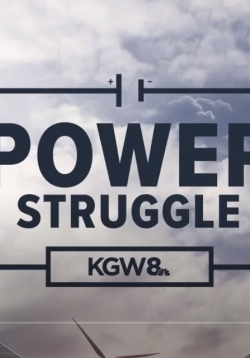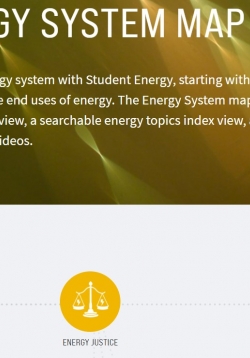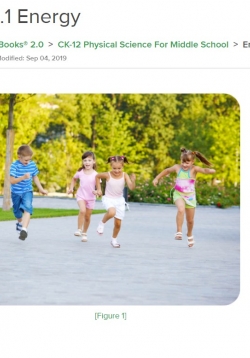
Great synopsis of historical and future problems with energy supply and management in the Pacific Northwest. Strong utility policy focus, with good info in the context of Integrated Resource Plans and Renewable Portfolio Standards.

Great synopsis of historical and future problems with energy supply and management in the Pacific Northwest. Strong utility policy focus, with good info in the context of Integrated Resource Plans and Renewable Portfolio Standards.

An amazing resource focused on providing students with a wealth of resources-videos, articles, and other reosurces-focused on a huge variety of applied energy topics. This is an amazing go-to resource for startingto explore enegry, or going deeper into applied energy issues. It is also an opportunity to engage students more deeply in energy advocacy.

A robust game/simulation that models energy in many city simulations and requires players to balance energy needs, costs, environmental and social concerns as they seek to power their growing region. A fantastic way to introduce or reinforce exploration of sources of energy and grid concepts.
NOTE: THis game uses Adobe Flash, which is being phased out by many browsers. You may need to find a browser that will support Flash in order to access the game.
In this three-part comprehensive place-based and project-based unit, students will learn and apply rebnewable energy content to devise action plans at an individual, family, and local level. Students will use primary and secondary research explore energy...
Throughout this creative, hands-on Unit, students are challenged to scale up every Disciplinary Core Idea and Science & Engineering Practice they’ve learned - from simple electricity generation, to building their own stereo speakers and DIY electric...

cK-12 is a nonprofit free database of curricular resources across all subjects, and includes complete content, interacties and simulations, assessments and videos and more. The energy content includes content that addresses the foundational content required in NGSS.
In the first part of this activity, students participate in a role play activity – understanding the needs of different people living and working around the world. Each character express their unique perspective on climate change and impacts to their...
Students will meet with local planners or other available energy experts to discuss public policy regarding the use of wind turbines and solar arrays to generate electricity. Students develop questions for a panel of professionals regarding considerations...
Students will utilize their home energy audits from Part 1, the information they gathered from the wind and solar assessments in Part 2, and the knowledge they gained from the solar project in Part 2 to devise a plan for your city or town to meet renewable...
Bonneville Environmental Foundation
1500 SW 1st Avenue, Suite 710
Portland OR 97201
phone: 503-248-1905